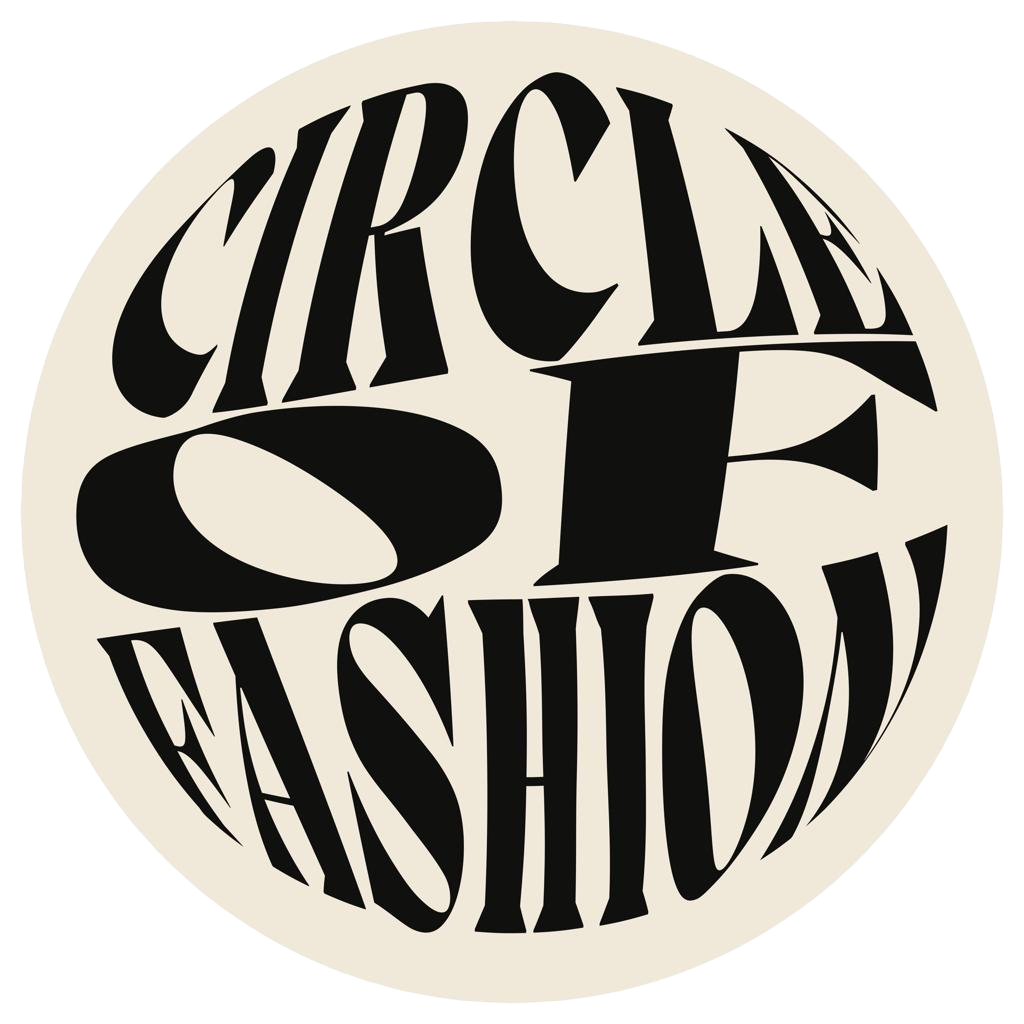Written by Naomi Pang
Edited by Ella Caverson
It is almost impossible to escape the presence of luxury fashion nowadays, it’s everywhere — whether it be a glossy billboard or an influencer casually flaunting their designer goods. Even on campus, the presence of luxury is undeniable. Goyard tote bags and Golden Goose sneakers have become staples in the McGill fashion scene. While luxury fashion brands continue to dominate the fashion industry, the question lingers: does luxury fashion truly guarantee something better, or are we simply buying the brand?
The Miu Miu Controversy
Recently, Wisdom Kaye, an influential TikTok fashion influencer posted a video reviewing $18,000 worth of Miu Miu clothing pieces and their defects were hard to ignore. The Flocked Denim and Velvet vest had loose buttons, and the zipper on the Cotton Cardigan broke. Wisdom Kaye’s large following prompted Miu Miu to send replacements but once again, the buttons fell off of the jacket and the zipper broke. This incident has sparked online controversy, prompting users to mock the brand, commenting ‘Temiu Temiu’ in reference to the poor quality items.
This Miu Miu scandal is not just another viral moment in fashion — it’s a wake up call. It raises questions surrounding the quality of luxury fashion, leaving buyers wondering whether they’ve been scammed.
Why Luxury Doesn’t Always Mean Exceptional
Of course, Miu Miu isn’t the only house under fire. Goyard has also been under the spotlight for their beloved tote bags. Many have criticised the bag’s peeling leather, melting sticky straps, and thin canvas models that lack durability but also become a nuisance. Louis Vuitton, another dominant fashion house, has also been criticised for the declining quality of their bags, especially for their poor stitching.
These instances expose the reality where a luxury price tag doesn’t promise proper craftsmanship. Sometimes, you’re paying more for the logo than the longevity of the product.
Ethics and the Price of Prestige
Besides the question of quality, since people are paying large amounts of money for luxury fashion goods, one might assume it is the most ethical means of fashion consumption and therefore they must pay their employees well. However, this is also brought into question.
In July 2024, Italy’s competition watchdog launched an investigation into Dior over their unfair practices of labour exploitation, with allegations of using suppliers who exploited the labour of their staff. A Milan court in 2025 found it to be true of two of Dior’s Chinese-owned subcontractors based outside Milan. While Dior is not criminally faulted, it found that the brand was partly responsible by failing to take proper measures to inspect the working conditions of the contracting companies.
While Dior has now taken proper measures to inspect their supply chains and labour practices, the scandal raises bigger questions as to whether luxury brands should be held to a higher standard when it comes with ethical production as the costly price of a luxury fashion goods would mean they are paying their workers fair wages.
Marketing, Exclusivity, and the Power of Desire
With issues of quality and ethical implications raised, why does luxury fashion still dominate the fashion industry? That can be attributed to the power of branding and marketing.
Luxury Fashion houses excel in creating desire through their exclusivity and status. Logos are not just for decoration, rather, they are symbols of affluent status. Buying a luxury fashion product is not just about the material but in-group membership promising a high-class status symbol.
Campaigns and collaborations with celebrities also enhance the allure of luxury designer fashion, with the power of social media catalysing the effect of these campaigns. The fashion industry is greatly influenced by celebrity and influencer endorsements. The marketing of many luxury fashion brands often prioritise their engagements with public figures to drive and increase brand popularity and reputation, allowing them greater access to the audiences of their acclaimed partners. For luxury brands, these influential figures can connect with millions of fans and broaden their reach.
Undoubtedly, there are many successful celebrity campaigns. For example, Zendaya’s collaboration with Louis Vuitton, where she was the muse for the re-release of the Takashi Murakami x Louis Vuitton collection. The playful sophisticated ads of Zendaya posing for the collection broke the internet when the star’s cult following brought new attention to the brand, from a more Gen-Z audience. Her post illustrating the Louis Vuitton x Murakami Cherry Blossom partnership amassed over 2 million likes on Instagram. The campaign was a success as it drove demand and increased Louis Vuitton’s presence globally. Many bags were instantly sold out in the pre-release sales including the iconic LV x TM Pochette Accessories and the LV x TM Speedy bags, continuing to maintain traction through to the second release of the collection.
Rethinking Your Wardrobe
This article is not aiming to sway you away from luxury fashion, rather, to be more conscious when shopping for fashion pieces. A high price for an item does not necessarily ensure it will be the finest option out there. When shopping for new pieces, perhaps ask yourself whether the item is the best option out there in terms of quality, sustainability, and price. The fashion industry consists of a large variety of independent designers, contemporary labels, and sustainable alternatives that might be a better option all around— and often without the price markup, substandard quality, and ethical gray zones.
Luxury fashion will forever captivate and inspire. However, true style does not come from a price tag — it’s measured by the thoughtfulness taken when you choose what you wear.
